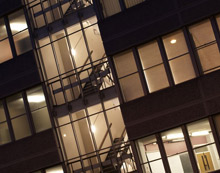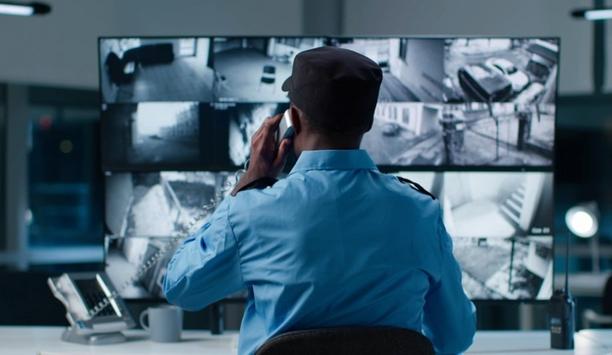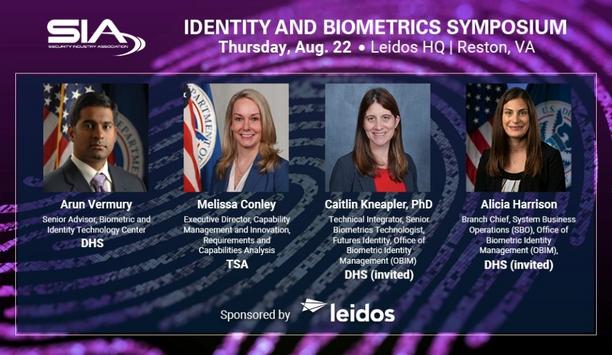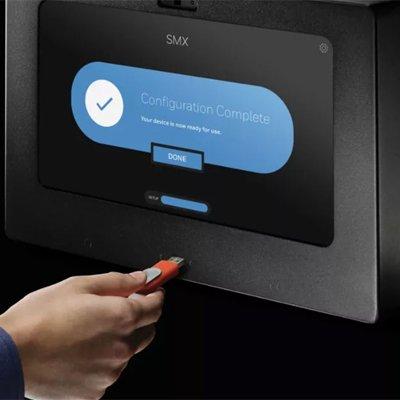When it comes to maximising the safety and security of today's colleges and universities, there are undoubtedly tremendous challenges for surveillance systems in terms of securing such large-scale and diverse campus environments, with multiple buildings often situated in fast moving urban areas.
In specifying the right CCTV infrastructure, considerations which need to be taken into account include: student and public safety on campus against the threat of robbery and physical assault; the security of the adjacent car parks; the prevention of damage to buildings or other property and the handling of potential traffic accidents where roads pass through sites. Another key element of campus security, in these competitive times, is intellectual property with university research now a key source of income for many institutions. Naturally, this all has an impact on the positioning of cameras, number of DVRs required and how they are linked together.
With regards to security provision, the way universities approach this area reflects their desire to be at the forefront of technology and innovation in all aspects of their operations. Consequently, we are seeing the widespread take up of the latest digital, networked, CCTV technology to protect these institutions, replacing less flexible standalone systems.
Moving forward, universities are reaping the benefits of solutions which facilitate the centralised monitoring and management - from a dedicated control room - of a large number of geographically dispersed campus buildings with DVRs and associated cameras linked back across the network. By selecting the right GUI (Graphic User Interface), it is possible to provide control room operators with an intuitive environment, allowing the display of cameras from all connected campus buildings and delivering control over any camera in the system. In addition, we are seeing the selection of interfaces that enable users to pick and click cameras highlighted on university site maps, and simply drill down from an aerial view to select and zoom in on a specific area of interest.
 Going down a more connected route for CCTV greatly enhances the management of the whole infrastructure by removing legacy - and disparate - monitoring systems often sourced from multiple suppliers. In the past, security staff would have had to leave their security offices and physically go to specific buildings that called in alerts, and then, if the incident was over, check through the video footage to find out exactly what occurred. Now, crucially, they can do all of this remotely, from the control room.
Going down a more connected route for CCTV greatly enhances the management of the whole infrastructure by removing legacy - and disparate - monitoring systems often sourced from multiple suppliers. In the past, security staff would have had to leave their security offices and physically go to specific buildings that called in alerts, and then, if the incident was over, check through the video footage to find out exactly what occurred. Now, crucially, they can do all of this remotely, from the control room.
The potential for remote viewing and centralised control is undoubtedly a key benefit of the latest digital networked solutions, supported by the ability to readily call up and distribute networked video footage, and, crucially, to be in a position to intervene at the earliest possible stage to prevent incidents escalating, wherever they occur on campus. Security teams can now take centralised, proportionate, action too; for example, call out the police if there is a serious incident in progress rather than first having to send in university security staff to assess the situation on the ground.
Where necessary, university security managers are also now in a position to supply first generation recordings to the police for evidential purposes. By adopting systems which can readily communicate with each other, security teams are no longer faced with the laborious process of producing multiple incident DVDs from individual buildings and different systems, some of which may have incompatible software making it problematic to produce a DVD with a coherent timeline.
Many universities are even installing CCTV cameras in lifts across their campuses to offer vital reassurance during breakdowns and safety and protection for staff and students. Should an incident occur, the images monitored centrally provide valuable information in terms of who is actually in a particular lift, and in the event of an emergency, their condition.
For the longer term, following a digital networked CCTV path provides the potential for the surveillance infrastructure to grow in parallel with the university itself. Such solutions can be easily scaled up with compatible cameras or DVRs dropped in with minimum disruption to day-to-day operations.
Other security elements can also be integrated into this type of solution, with CCTV cameras often acting as a backup for the existing access control system.
















